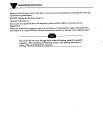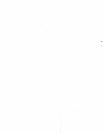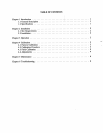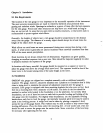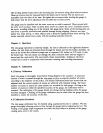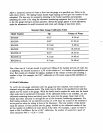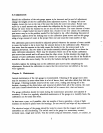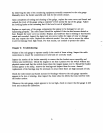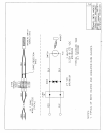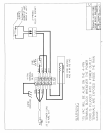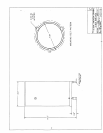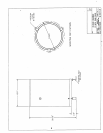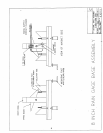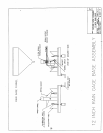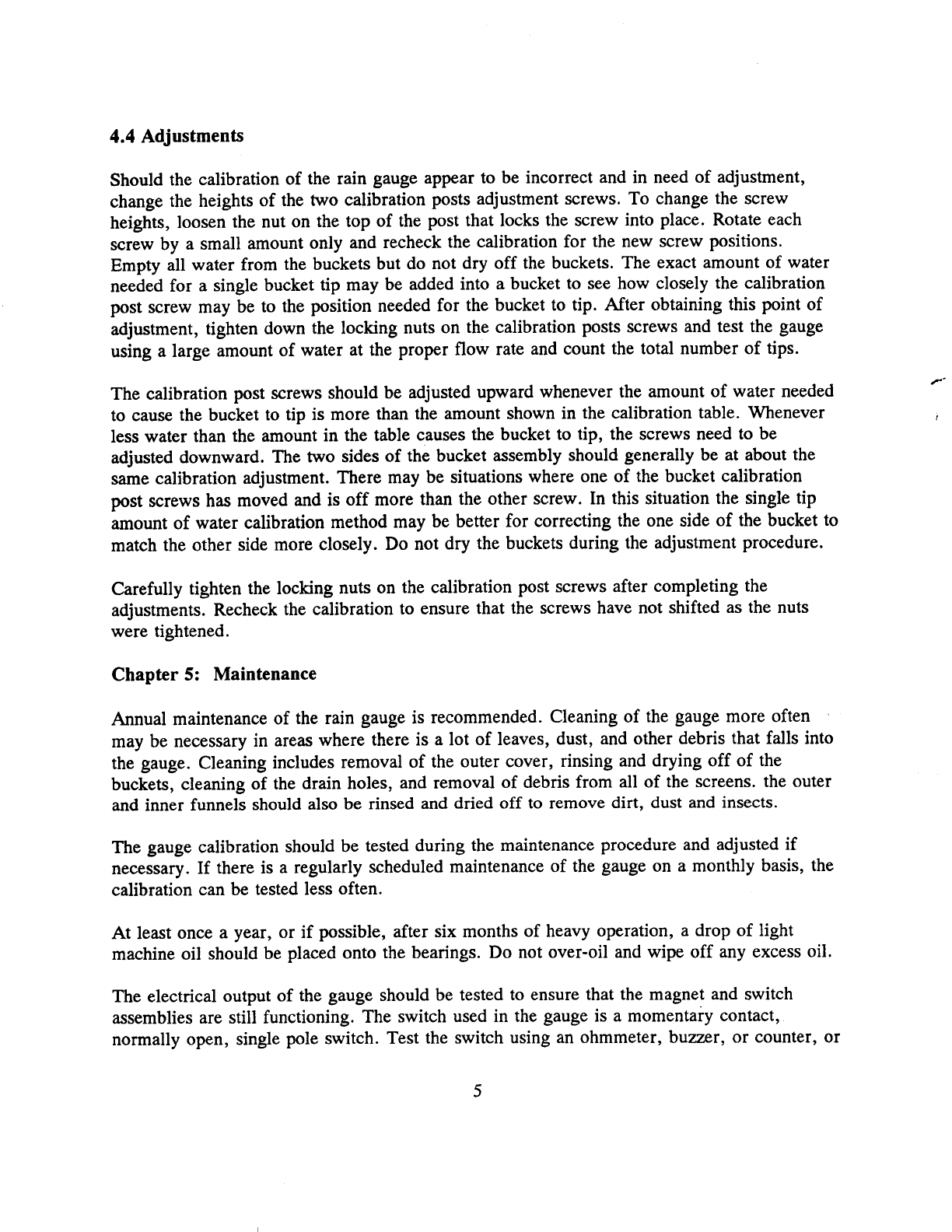
4.4
Adjustments
Should the calibration of the rain gauge appear to be incorrect and in need of adjustment,
change the heights of the two calibration posts adjustment screws. To change the screw
heights, loosen the nut on the top of the post that locks the screw into place. Rotate each
screw by a small amount only and recheck the calibration for the new screw positions.
Empty all water from the buckets but do not dry off the buckets. The exact amount of water
needed for a single bucket tip may be added into a bucket to see how closely the calibration
post screw may be to the position needed for the bucket to tip. After obtaining this point of
adjustment, tighten down the locking nuts on the calibration posts screws and test the gauge
using a large amount of water at the proper flow rate and count the total number of tips.
The calibration post screws should be adjusted upward whenever the amount of water needed
to cause the bucket to tip is more than the amount shown in the calibration table. Whenever
less water than the amount in the table causes the bucket to tip, the screws need to be
adjusted downward. The two sides of the bucket assembly should generally be at about the
same calibration adjustment. There may be situations where one of the bucket calibration
post screws has moved and is off more than the other screw. In this situation the single tip
amount of water calibration method may be better for correcting the one side of the bucket to
match the other side more closely. Do not dry the buckets during the adjustment procedure.
Carefully tighten the locking nuts on the calibration post screws after completing the
adjustments. Recheck the calibration to ensure that the screws have not shifted as the nuts
were tightened.
Chapter 5: Maintenance
Annual maintenance of the rain gauge is recommended. Cleaning of the gauge more often
may be necessary in areas where there is a lot of leaves, dust, and other debris that falls into
the gauge. Cleaning includes removal of the outer cover, rinsing and drying off of the
buckets, cleaning of the drain holes, and removal of debris from all of the screens. the outer
and inner funnels should also be rinsed and dried off to remove dirt, dust and insects.
The gauge calibration should be tested during the maintenance procedure and adjusted if
necessary. If there is a regularly scheduled maintenance of the gauge on a monthly basis, the
calibration can be tested less often.
At least once a year, or if possible, after six months of heavy operation, a drop of light
machine oil should be placed onto the bearings. Do not over-oil and wipe off any excess oil.
The electrical output of the gauge should be tested to ensure that the magnet and switch
assemblies are still functioning. The switch used in the gauge is a momentary contact,
normally open, single pole switch. Test the switch using an ohmmeter, buzzer, or counter, or
5




